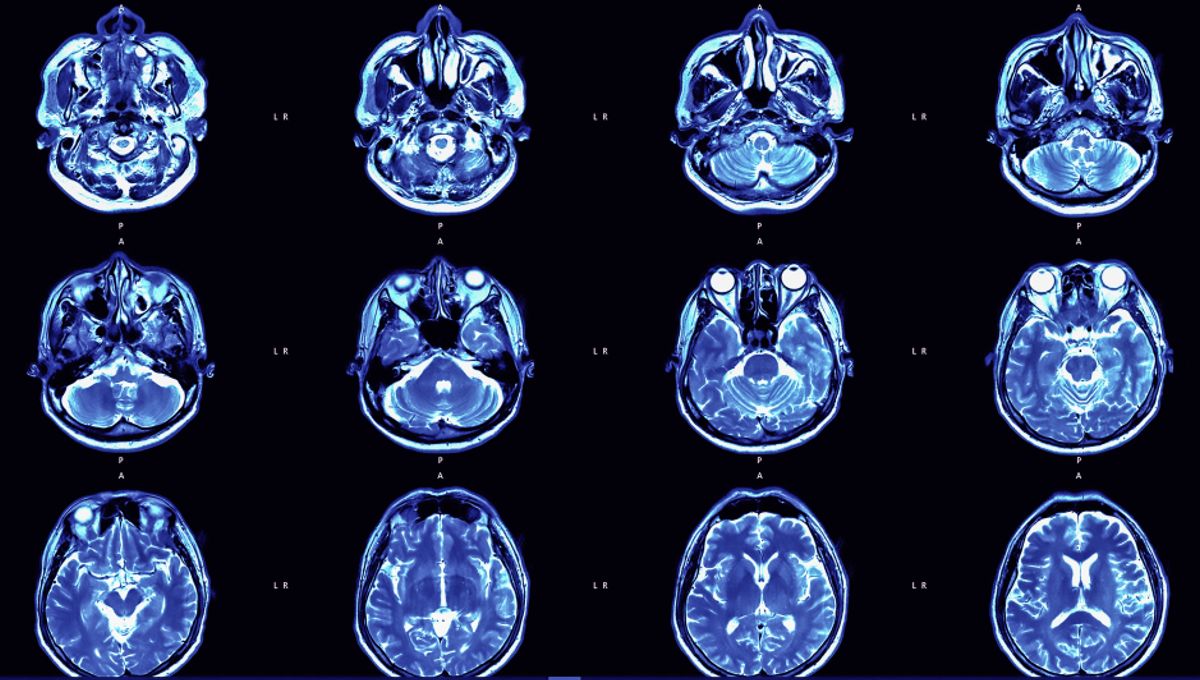
There has been a surge in brain abscess cases in children in the United States, beginning in mid-2021 and peaking last winter, according to two recent Centers for Disease Control and Prevention (CDC) reports. While cases have remained rare, there has been substantial variation since the onset of the COVID-19 pandemic, including a rise following the easing of restrictions.
In December 2022, there were 102 cases nationwide, significantly higher than the pre-pandemic baseline maximum of 61 cases a month. Since then, case counts have dropped but remain above this baseline maximum as of March 2023.
Brain abscesses – also called intracranial abscesses – are pus-filled swellings in the brain, usually caused by bacteria or fungi that enter the brain after an infection or head injury. They can cause brain damage and are sometimes fatal if untreated, although they are thankfully rare.
When they do occur, they usually follow respiratory infections, such as COVID-19, sinusitis, or flu.
According to one of the CDC reports, led by Dr Emma Accorsi, the winter 2022–2023 peak of pediatric intracranial infections coincided with spikes in respiratory virus circulation.
The report, which included hospitalization data from 37 hospitals in 19 states and the District of Columbia, found that the baseline median number of cases pre-pandemic (2016–2019) was 34, while the baseline maximum was 61.
After the onset of the pandemic, the monthly case count dropped initially, before increasing from August 2021 and peaking in December 2022 with 102 cases.
“Recent trends might be driven by concurrent, heightened pediatric respiratory pathogen transmission,” the report’s authors write, attempting to explain their findings.
Indeed, following the easing of pandemic restrictions in 2022, there was a worldwide rise in respiratory viruses, including RSV and influenza.
In the second CDC report, a team led by Dr Jessica Penney looked at intracranial abscess cases in just one state: Nevada. Pre-COVID (2015–2019), there was a median case number of 0.5 per quarter. Between 2020 and 2021, this rose to 1.5, and in 2022, a total of 18 cases were reported, a median of five per quarter, all of which occurred after February 2022, when mask mandates were lifted in the state.
“Although this investigation did not identify unexpected risk factors for intracranial abscesses, the substantial increase in cases after the mask mandate in Nevada was lifted might be partially attributable to changes in respiratory pathogen transmission,” the authors write.
The CDC will continue to monitor the situation and recommends that “all persons aged ≤18 years should be up to date with recommended vaccinations, including influenza and COVID-19.”
The content of this article is not intended to be a substitute for professional medical advice, diagnosis, or treatment. Always seek the advice of qualified health providers with questions you may have regarding medical conditions.
Source Link: Brain Abscesses Have Skyrocketed In US Children In Last 2 Years, CDC Says